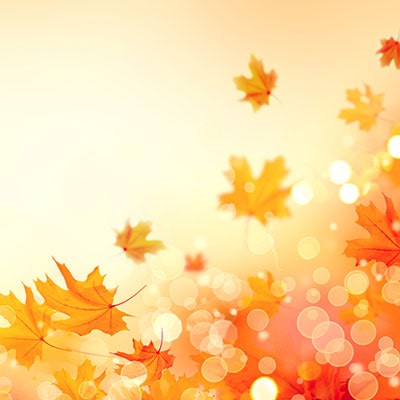
After the period of the autumn harvest has ceased, it is important to take proper care of the garden. Post autumn gardening is actually the first stages of creating a healthy and successful garden in the next growing season. One of the major tasks of this post-autumn gardening time involves winter pruning. Some people are unsure about pruning and may even fear they may cause harm to plants by pruning them incorrectly. However, pruning a plant the wrong way is often like getting a bad haircut; the hair will grow back. Though a poorly pruned plant may look terrible before the new growing season, most of the time the plant will survive just fine. One way to ensure that plants are pruned correctly and the chance of harm is reduced is by keeping the tools in good shape. This involves keeping them clean and sharpened. Pruning plants correctly also involves making a clean cut and considering the plant's growth habit. The part of pruning that can rarely cause harm and is generally always a good idea is removing crossing branches, dead wood, and limiting the reduction or pruning of the plant to one-third the size of the plant.
Importance of Pruning
The most obvious reason for pruning has to do with the visual appearance of the plant. Pruning maintains the size of the plant as well as the plants shape while improving its appearance. The health of the plant is improved by pruning to thin out centre branches and remove diseased or dead wood. Removing interior branches on hydrangeas and shrub roses helps to increase air circulation to the entire plant. The instances of disease are reduced when the plant has good air circulation.
Late Winter Pruning
It is important to prune plants when they are dormant. Shrubs and trees that are pruned in late winter are invigorated to produce abundant growth in the spring. Late winter pruning also reduces the time that wounds are exposed before the spring growing cycle begins. Winter pruning is also more practical because the parts of the plant that need to be pruned are more readily accessible and easier to be seen since all the leaves are gone.
Knowing What Plants to Prune in Late Winter
- Roses
Pruning should be done after any winter protection is removed. Otherwise, right before the leaf buds break old-fashioned, climbing, and hybrid tea roses should be pruned - Summer Flowering Trees
This includes Rose of Sharon, Smoke Tree, Vitex, and Crape Myrtles (ornamental trees that bloom during the summer) - Fruit Trees
Though there will be some flower and fruit loss, pruning should occur during the dormant period of the tree. The reason there is a bit of flower and fruit loss when pruning is fruit trees flower on the growth from the last season. This should not be a concern since pruning makes the tree healthier, promotes vigorous growth, and often produces larger and even better tasting fruit. Not all fruit trees are the same when it comes to pruning so practice due diligence and do a bit of research on the particular tree prior to pruning - Hydrangea paniculata and H. arborescens
Promote growth and flowers by cutting these plants back hard; they bloom on new wood. Cut back H. arborescens to heights that vary from one to three feet from ground level. Cut back H. paniculata to two buds just above the flower stem base
Knowing What Plants Not to Prune in Late Winter
- Spring Flowering Trees
These include ornamental fruit trees and lilacs - Once Blooming Roses
Roses like Damasks and Mosses are those old-fashioned roses that only flower a single time during each growing season. Since they bloom on old wood these roses should be pruned after they have flowered in the summer - Spring Flowering Shrubs
Shrubs that flower in the spring should be pruned immediately after they are finished flowering. They include azaleas, forsythia, Bridal wreath spirea, quince, and others - Hydrangea Macrophylla
Dead branches and faded flowers can be removed as minor pruning during the bloom cycle, but major pruning should occur after the bloom cycle has completed. The bloom buds of these old-fashioned pompon hydrangeas are actually set on the previous year's growth - Bleeding Trees
Later winter pruning of birches, maples, dogwoods, walnuts, and elms will not harm the tree. However, since these are all trees that produce a great deal of sap during the later winter, it makes sense to prune them in the summer so the pruning process is less messy.




